
Review on Intel I7 6700 FC LGA14C Processor BX80662I76700 by Jnis Avoti ᠌

It is of good quality, but I won't buy it again.
Advice (for the z170 chipset): 1) Choose the cheapest stone and, on an outdated BIOS (in which overclocking is enabled, which Intel recently sawed out of greed again), drive up to 4.0-4.4 Hz to obtain the best price/quality ratio (if no specific applications requiring AVX instructions or integrated graphics are required). 2) Overclock the 6600K to the same frequencies as the 6700K. If you don't need 8 threads, the price is lower and the performance is nearly the same. 3) If 8 threads are required and apps like to consume 3lvl cache, take the 6700K and overclock it to 4.4–4.6 (in stock, for example, boost on 4 cores is only 4.0, while 4.2 mentioned everywhere is only for single-threaded loads per core). If you don't have any financial restrictions, I encourage applications for games in reverse order of recommendation. The stone itself isn't horrible, but compared to the previous generation, the rise is just from 5 to 15%, the temperature is somewhat lower, and this isn't much help when using an abhorrent normal paste. The cost is comparable to the previous generation or slightly cheaper, but it is the highest in the Skylake range, making the purchase less profitable. It takes 4.7 to 5.0 minutes for a typical under-the-scalp overclocking with oil and water. The safe voltage according to the Intel specification is -1.52, therefore in essence, the temperature will be your limiting factor. The stone doesn't produce much heat when it is in stock, and the cheapest air vent will do (temperature throttling begins at 100 degrees), but it is preferable to use the average choice for a little overclocking (you didn't spend $350 or more for nothing, after all).
- Best performance outside of extremely expensive and specialized platforms (2022,2022) little power usage
- The thermal interface between the lid and the crystal, or "snot," adds an additional 10 to 20 degrees to the core temperature under maximum load (the solution is "scalping," which involves cutting off the lid and replacing the TI). Extremely slow acceleration. Chips typically require 4.4–4.6, or 10-15% productivity. narrow textolite. You can destroy the processor by actively moving the case with a sizable cooler fitted. Vise scalping also increased in danger a little.
New products
Comments (0)
Top products in 🧰 Computer Internal Components
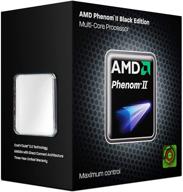
AMD Phenom II X4 940 💻 Black Edition 3.0GHz AM2+ Processor - Retail

96 Review
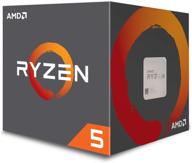
🔋 Power Up Your Gaming Rig with AMD Ryzen 5 2600 Processor with Wraith Stealth Cooler - YD2600BBAFBOX

116 Review
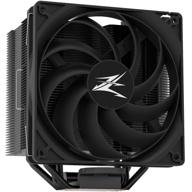
Zalman Performa Performance Powerful Included

172 Review
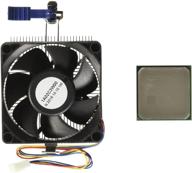
💪 AMD FD6300WMHKBOX FX-6300 Black Edition: 6-Core Processor with Unparalleled Performance

134 Review
Another interesting products
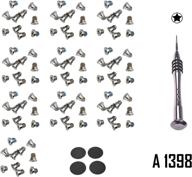
🔧 Premium Repair Replacement Screws & Tools for MacBook Pro Retina 15"/13" - Complete Bottom Case Set

10 Review
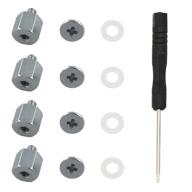
M.2 Screw Kit: Easy Mounting for NVMe SSDs on ASUS Motherboards

19 Review

Comprehensive 500pcs Laptop Screw Kit Set for 🔩 IBM HP Dell Lenovo Samsung Sony Toshiba Gateway Acer

12 Review
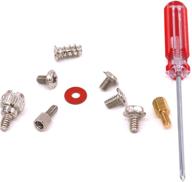
Glarks 660 Pieces Phillips Assortment Motherboard

10 Review

